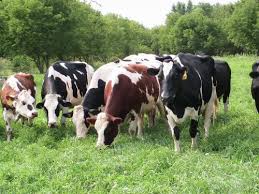Deadline: 20-Feb-2017 at 11:59:59 PM (Eastern Time – Washington D.C.) 
1. To train the staff and junior agronomists of participating rice mill clients and key farmers/farmer group leaders who will be designated by the clients on how to grow and manage SRP rice production. The junior agronomists and farmer group leaders will then provide trainings to SRP rice production farmers. The SRP project will be initially worked with one rice mill client (with up to 40 key famers/farmer group leaders, 2 junior agronomists) to reach 300 farmers to produce an estimate of 2,000 tons of SRP paddy during the first year, and expand it to cover 1,000 famers by the third year. 2. To ensure the use SRP standards and performance indicators in respective supply chains of participating clients in line with SRP guidelines/protocol developed by the International Rice Research Institute (IRRI). 3. To provide support to the WBG project team to increase demand for SRP rice production, through field days and demonstration plots, as well as through technical advice to identified rice mill clients and interested international buyers. In addition, support further discussions with Ministry of Agriculture Forestry and Fishery (MAFF) on promoting the SRP cultivation practices at the sector level, including supporting the hosting of annual 2017 SRP assembly meeting in Cambodia.
Continue reading


You must be logged in to post a comment.